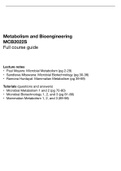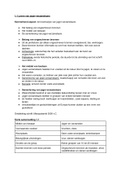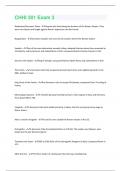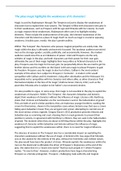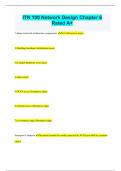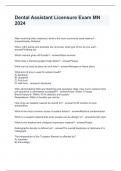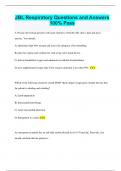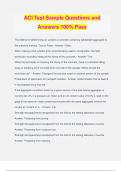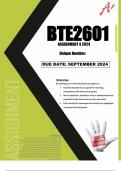College aantekeningen
Metabolism & Bioengineering: FULL COURSE GUIDE
- Vak
- Instelling
- Boek
This is a pack of notes designed and used by a student who obtained 94% for the course. It includes everything you need to succeed, including extensive and easy-to-understand lecture notes (re-written and combined with textbook and online sources) and the questions and answers to tutorials run in 2...
[Meer zien]
